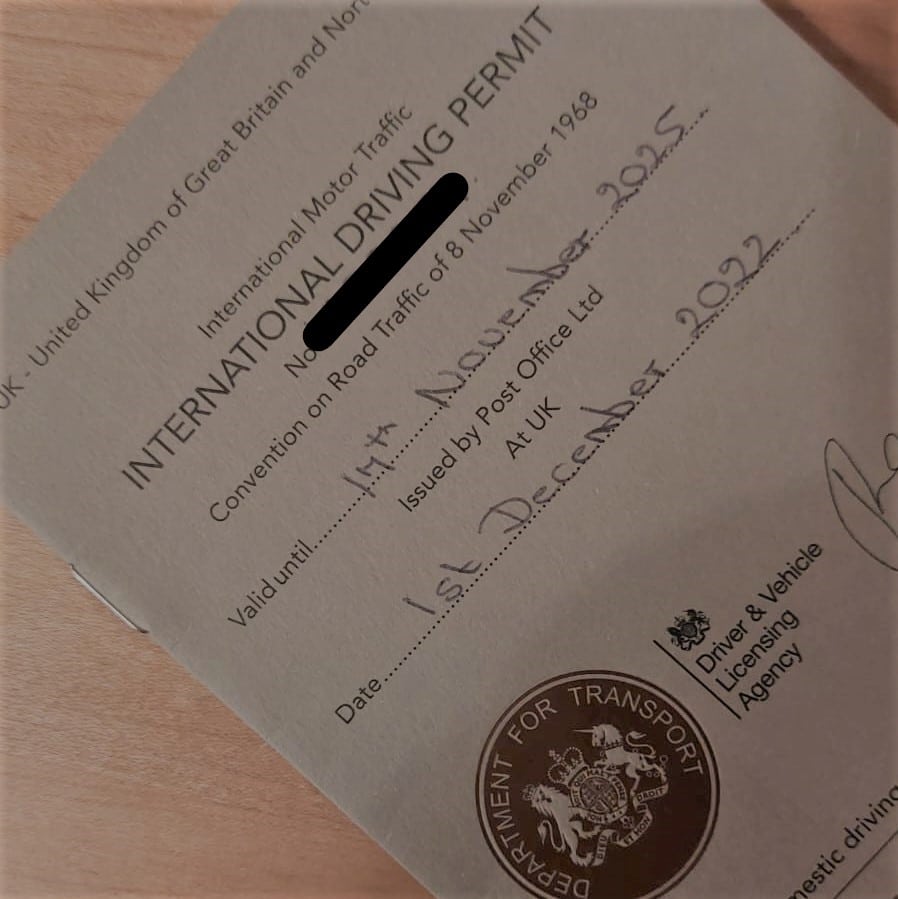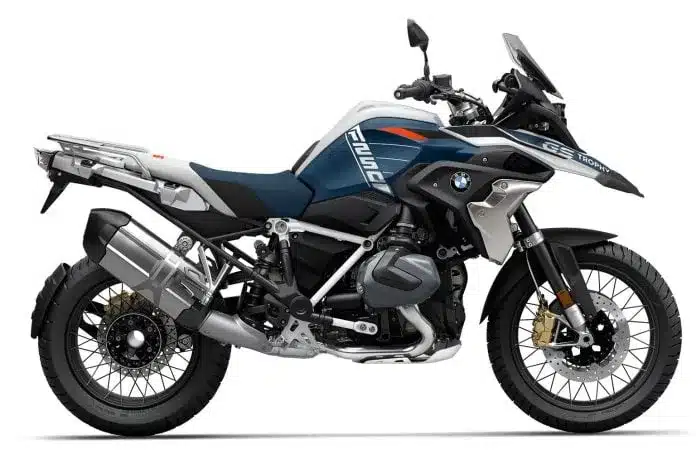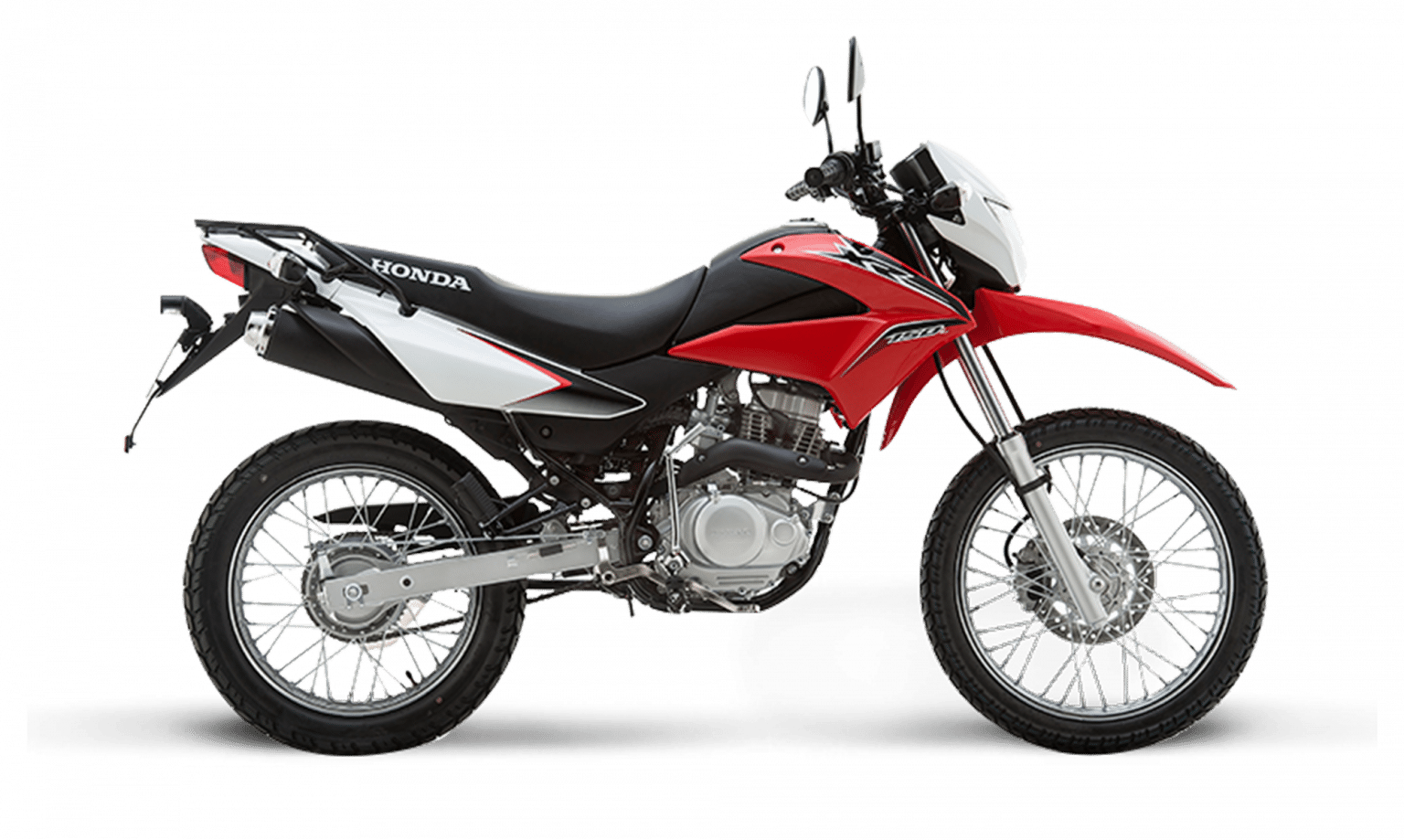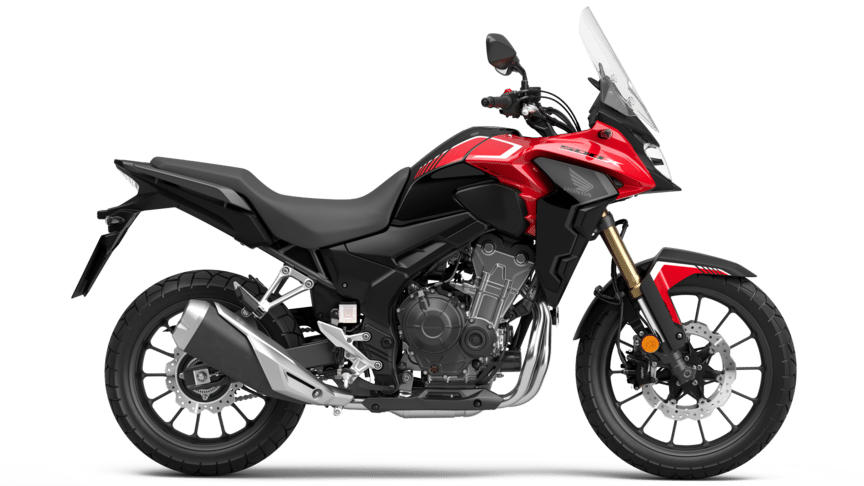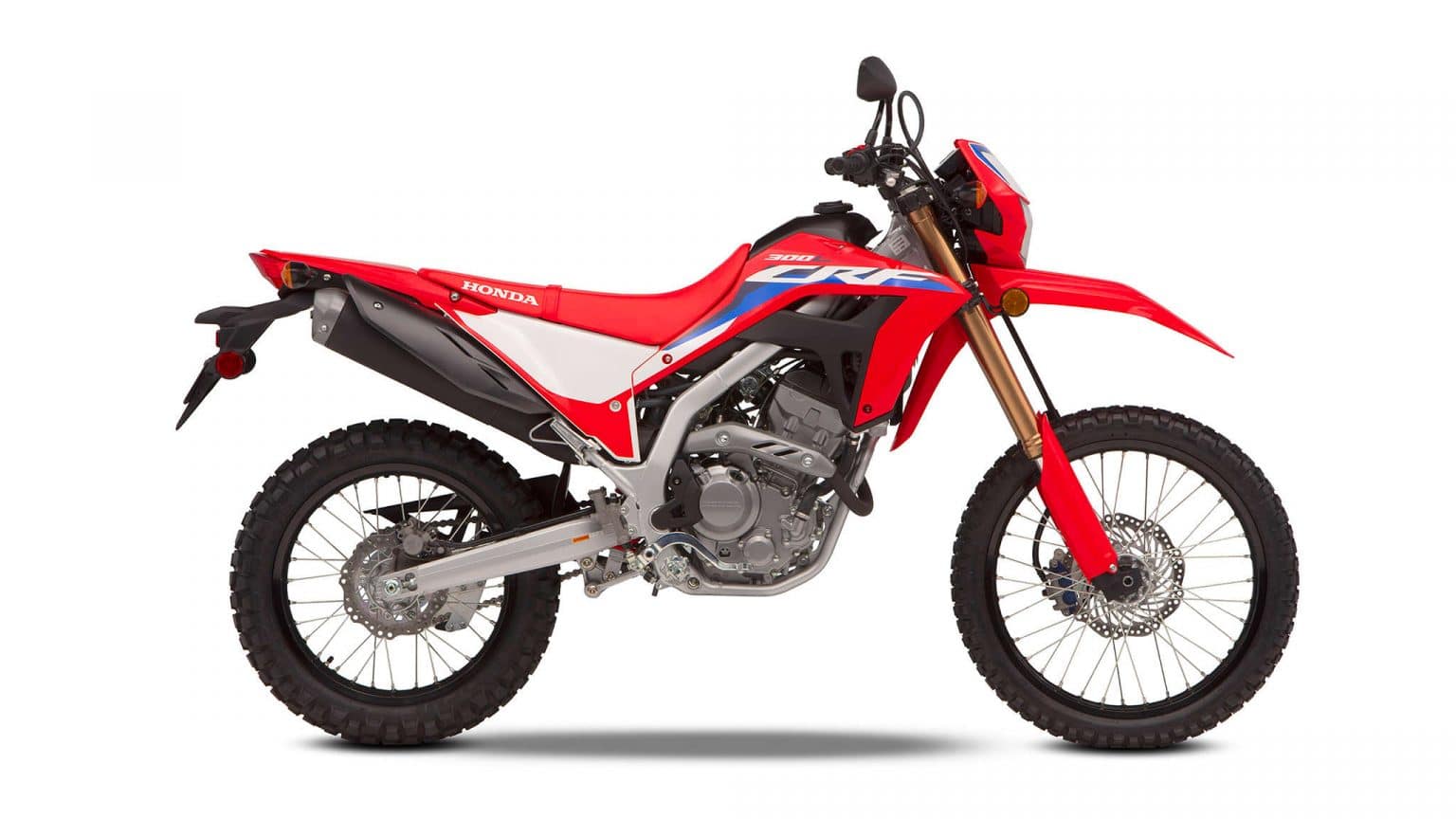How to be legal in Vietnam
Driving a car or motorbike legally in Vietnam with or without an International Driving Permit (IDP) is a little tricky and a bit confusing for many. This is largely because the rules depend greatly on where you come from and how long you intend on staying in the country. Here we try to make things clearer and help you get legal and explain that this is not an international driving license.
How to be legal with an IDP
The easiest way to be legal is to get an International Driving Permit. This was recognized in Vietnam in 2014 and the Vietnamese government signed the latest treaty (the 1968 Vienna convention). This means that if your country has signed this convention AND you have a valid home license for the vehicle you wish to drive, you can legally drive in Vietnam. If your permitted stay is less that 3 months you will need an IDP. More on this later….
How to be legal with a Vietnamese License
It is possible for non-Vietnamese to transfer their home car or motorbike license to a Vietnamese one and get like for like. It is also possible to take the driving test for motorbikes (not cars, as far as I am aware) and to get either an A1 or an A2 license. However, you will need a Temporary Residency Permit (TRC), which is only obtainable for long term visitors (onyone with a visa for more than three months) and not tourists, in order to do this. These are the two most water tight options. Transferring is not particularly difficult, but taking the driving test can be difficult to achieve.
Tourist vs Expat
Just to repeat and make it very clear. There is a distinction here that is very important to note.
As a tourist (anyone with less than a 3 month visa), you will need to have a home license and an International Driving permit (1968 convention) in order to drive legally in Vietnam.
As a long term resident (anyone with permission to stay longer than 3 months), you will need to convert your home license to a Vietnamese one.
3rd Party Insurance is Mandatory
It is illegal to drive a motorbike/car without the mandatory 3rd party insurance. As an owner of a vehicle you will need to buy this and as a renter (who, hopefully, has all the other documentation required) you can ask the rental firm to provide proof and photocopies of this document.
Considering that driving without this is illegal, you may find that your insurance is invalidated if you do not have this. It is cheap and easy to buy. We explain all about Motorbike Insurance in Vietnam here.
Driving in Vietnam is very Dangerous
First of all, we need to point out that, whether you are an experienced driver or not, it is dangerous. The traffic is disobedient and can be quite illogical to the uninitiated. It takes time to get used to the unwritten rules and there is a steep learning curve. The number of fatalities per year on the roads in Vietnam is staggering and Vietnam is 2nd only to Thailand in the number of road traffic deaths. If you don’t believe me, look here at the statistics for road traffic fatalities in Vietnam.
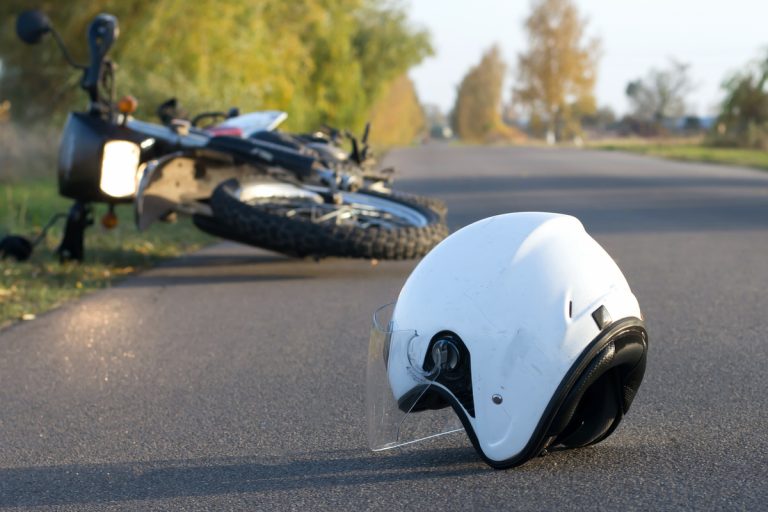
This IS relevant and connected to IDPs
It is extremely relevant because one measure of your legality on the roads when driving overseas is the International Driving Permit (IDP). Health insurance providers do not like to pay out and they won’t unless they absolutely HAVE TO. If you are driving on a home licence in a foreign country WITHOUT an IDP there is a 95% chance that you are driving illegally.
Do I need to tell you that insurance companies do not pay out for any injuries sustained whilst engaging in illegal activity?
What the UK Government say
The legal Blood Alcohol Limit is OMG
This information, directly from the UK Government website states:
‘As of 28 March 2019, if you wish to drive cars or ride motorbikes in Vietnam you will need to present your UK driving licence and a UK-issued International Driving Permit (IDP). If you’re a long term resident in Vietnam, you can qualify for a Vietnamese driving licence with a diplomatic ID, temporary residence card or residence card validity for 3 months or more and also a valid UK driving licence or UK-issued IDP. Applications for a Vietnamese driving licence can be made at the local offices of the Department of Public Works and Transportation.’
You Can be Fined
Of course, there are rules and regulations and penalties for violations. You can see the official fines for traffic violations here in this post
A Quick Word on Blood Alcohol
The legal Blood Alcohol Limit is OMG
OMG ! Yes, that is correct. ZERO MilliGrams of blood alcohol is the legal limit.
I will explain again. You CANNOT drink AT ALL and then drive a motor vehicle in Vietnam. It is ILLEGAL.
I am being very clear about this because you may see online that the legal level is this or that. This information is out of date. From January 1st, 2020 the Vietnamese government passed the law stating that you could not drive a motor vehicle if you had any alcohol in your blood.
This is because drink driving was/is so embedded in the culture that they could not stamp it out. The WHO estimates that 40% of road traffic accidents are connected to alcohol. Now, they are trying, and slowly succeeding, to do so through these tough measures.
The fines, confiscations of vehicles and even prison sentences are slowly having an effect. However, it will certainly take at least a generation to really take hold.
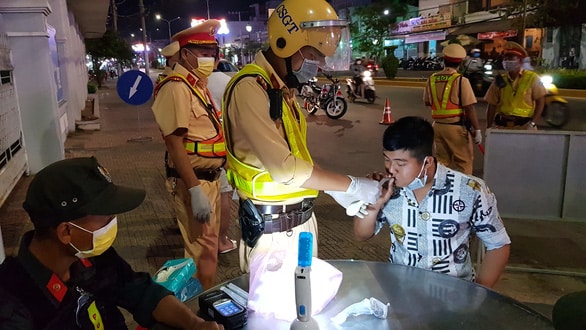
What Permits do I Need to be able to Drive Legally in Vietnam?
To drive a motorbike legally in Vietnam you need:
Option 1: a Vietnamese driving license
Option 2: a valid driving license from your home country. That will probably be an A1, A2 or A for motorbikes or a B1 for cars AND an International Driving Permit IDP(1968-version)
Option 3: a valid driving license from an ASEAN member state (and, to be safe) an IDP from the license issuing state.
Each of these licences allow you to drive different vehicles.
Each of these licenses allow you to drive different vehicles.
- A1 – Motorbikes – from 51cc to 175cc (remember: 50cc and below, no license needed).
- A2 – Motorbikes – All Bikes (up to 50cc and all bikes in class A1 and all bikes between 27 and 47BHP)
- A – Full Motorbike License (ride any size / BHP motorbike)
- B1 – Car – up to 9 seater vehicle
Remember: The International Driving Licence is NOT valid in Vietnam.
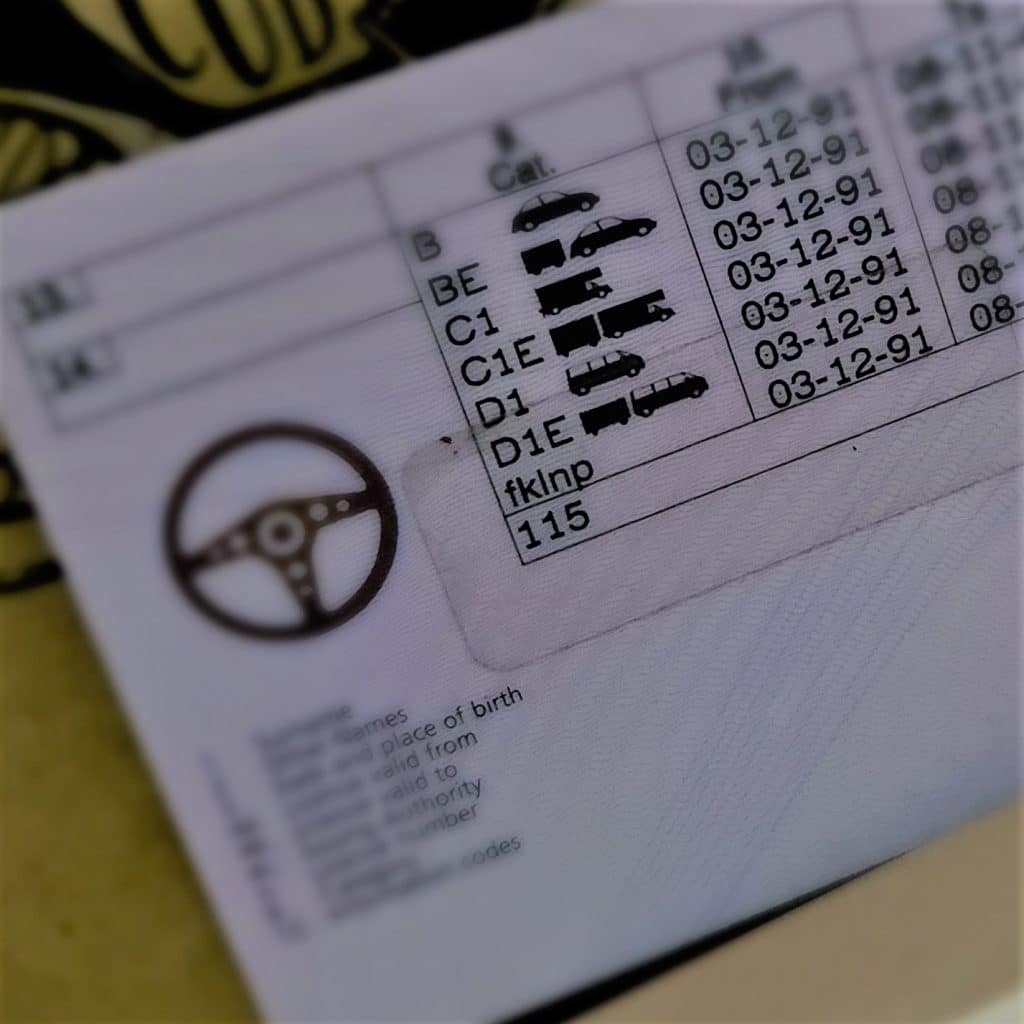
What is an IDP?
An IDP is not an IDL
An International Driving License (IDL) is NOT AN IDP. Be careful. The IDL issued by the International Automobile Association, based in the United States, is NOT valid in Vietnam for any legal or insurance purpose.
We can be bold enough to say that anywhere you see an offer for an International Drivers Licence (IDL), it will be worthless. An IDL will not be valid for any legal or insurance purposes and is, therefore, a waste of money at best. At worst it is downright dangerous because unsuspecting people may believe they are driving legally when, in fact, they are not.
There is even a ‘scams’ section on the website of the Federal Trade Commission warning travellers about the IDL amongst many other Travel Scams.
There are THREE types of IDP
Most people coming to Vietnam to drive a motorbike have never heard of an IDP and of those who have, most believe there are two different types: the 1949 and the 1968.
However, there is also the 1926 convention, which is the only convention accepted in Somalia (just in case you need to know). You can also use it if you intend to drive in Brazil, Iraq, or Mexico. That’s why most of us only know about the 1949 and 1968 conventions.
Basically, since its inception in 1926 more and more countries have signed the treaties with the UN on the IDP and the treaties themselves have been changed. Unfortunately, this has led to a mismatch between many countries which has made it impossible for some people to drive legally in some countries with only a home licence and an IDP. For example, Australians are unable to drive legally in Vietnam in this way. More about that later.
You can see a whole list of countries and which convention/s they have signed in this Wikipedia page.
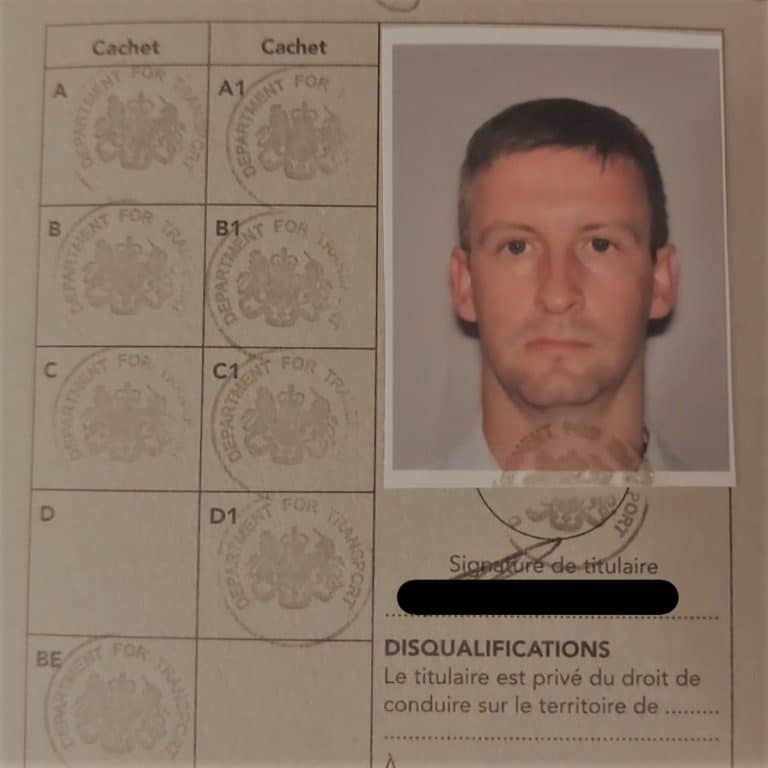
You need and IDP to drive in Vietnam
As we have said, Vietnam signed the 1968 Vienna convention so that is the one that you need. Countries such as: UK, France, Germany and Peru amongst others, signed this convention. Therefore, by obtaining a 1968 IDP from their home countries, people of these nationalities can drive legally in Vietnam. So long as they have a valid home license for the vehicle they wish to drive.
Take note: the 1968 convention has not been signed by several countries, including Australia, Canada, India, Ireland, Japan, New Zealand and the US. So, even if you obtain an IDP from your home country it will not be valid in Vietnam.
Some people do not need an IDP
Let’s look at who DOES NOT need one. That would be Vietnamese citizens and citizens of other Asean Countries who have a home licence for the vehicle they intend to drive. Theoretically, it also includes non-nationals holding a valid driving licence from an ASEAN member country who wish to drive in Vietnam.
I have tested this in Thailand. I have rented and driven many times on a Vietnamese license in Thailand, been pulled over by the police and not had ANY issue. I have not had to make any claim on insurance in an ASEAN country so I cannot comment.
However, I have no information on whether this would be an issue with police or insurance companies in Vietnam. Getting an IDP from the country that issued the license is probably the best way to go.
Note: I would say it is also wise for non-vietnamese, who are citizens of an ASEAN country, to get an IDP when driving in Vietnam. Perhaps more for insurance purposes than for police issues. They are cheap and they act as a further buffer against any difficulties encountered.
Equally, if you have a vietnamese license you should be able to apply for a vietnamese issued IDP online here.
How to Convert a Home license to a Vietnamese One
It is possible to convert your home driving license to a vietnamese one so long as you have a visa valid for more than 3 months and a current driving license or a valid International Driving Permit.
Where to Apply for a Vietnamese Driving License:
In Hanoi, applicants for a temporary driver’s license should visit:
The Office of Traffic and Public Works (Website)
16 Cao Ba Quat Street
In Ho Chi Minh City, applicants should go to:
The Office of Transportation (Website)
63 Ly Tu Trong Street, Ben Nghe Ward, District 1 (Tel 84-8 38 290 451;
If the applicant is registered in another province, they should consult local police authorities to find out exactly what they need to do to obtain a temporary driving license in the province where they live.
Documents Required for Conversion
In order to apply or convert your existing driver license to a Vietnamese equivalence, you need to submit the following documents:
- One copy of your passport with the photo page and the visa page (both visa and passport need to be valid).
- One copy of your existing driver license, with a translated and notarized version (by a public notary place)
- Three passport size photos (3x4cm)
- Filled in application form
- 135,000 VND (about USD $6 for processing fee)
What happens if the police stop me?
The police are allowed to stop you at any time, to check paperwork.
It is normal and acceptable here for the police to stop you at any time and ask to see the correct paperwork for the vehicle you are driving and your permission to drive (license). There are occasionally spot checks on the road where the police corall vehicle drivers and ask to see paperwork. You will not be allowed to leave until you have done so.
There are generally four main reasons why the you would need to interact with the police in Vietnam. We go into more detail about the reasons for dealing with the police in Vietnam here.
Will the police stop foreigners?
What the police do or do not turn a blind eye to is a mystery and highly dependent on a number of factors. However, they are less likely to stop a foreigner (that is if they can tell that you are a foreigner when they see you from a distance) if it means that they will not be able to deal with other drivers, locals, who are breaking the law. Many times they will stop you, give you are warning and then let you go on your way. A lot depends on how you interact with them and what exactly the reason for the stop is.
If you are speeding and have been caught on a speed camera, you will be stopped and you will probably have to pay a fine. Nationality will not play any role in this kind of interaction.
So, although you will get a lot of conflicting opinions about this if you are to ask anyone. The short answer, that you should really take away, is, “Yes.” Be careful.
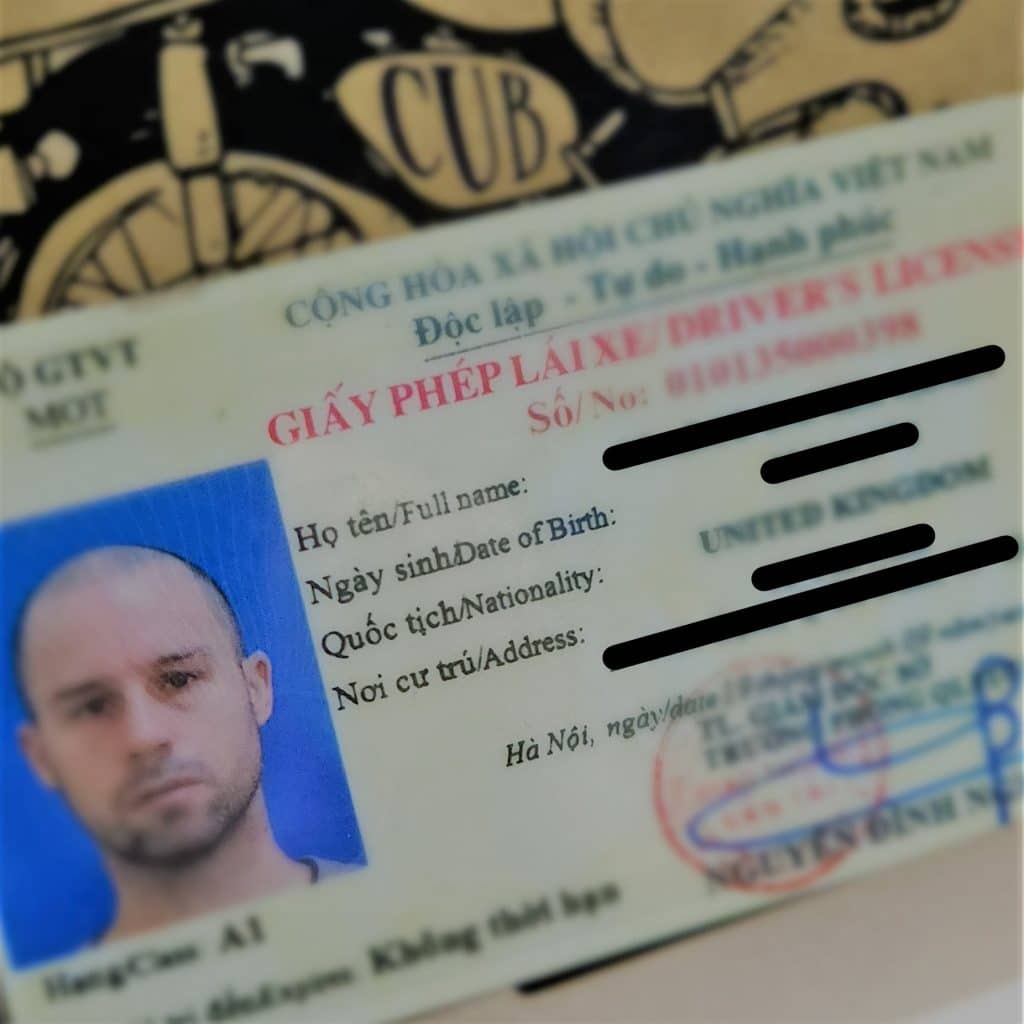
They will usually ask to see some combination of the following:
- A valid driving license
- An IDP, if necessary
- Vehicle documents (blue card / ownership card)
- 3rd party Insurance certificate
- Passport / Official ID (to double check ID)
They could go as far as asking to see:
- Visa
- Work Permit
- Temporary Resident Permit
Obviously, we can get into a lot of discussion as to exactly what is needed and what is not. Considering that the police in Vietnam choose to apply the law in a very flexible manner, you may find that you actually need more or less than this. It is very much on a case by case basis and your interaction with the police can very strongly determine what they require and how flexible they are.
We suggest:
that you carry some documentation with you as well as have photos of this stored on your phone AND that you remain friendly and polite throughout the interaction.
Day-to-day Drivers
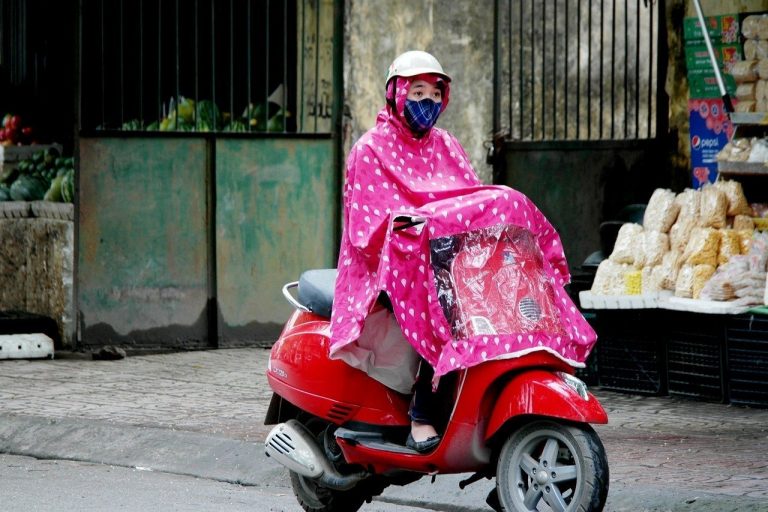
- Pictures of all your documentation on your phone (keep in Favourites)
- Vietnamese driving license / home license + IDP
- 3rd party insurance documentation
- Blue card (registration) a photocopy is fine
- TRC and Work Permit (copies are fine)
- Passport ID page (a copy of this is fine, B/W is ok)
Tourist Drivers
- Pictures of documentation on phone (keep in Favourites)
- Home license + IDP
- Original Passport (copy is fine)
- Original Visa (Evisa Letter / Stamp in Passport)
- 3rd party insurance documentation
- Blue card (registration) a photocopy is fine
- TRC and Work Permit (copies are fine)
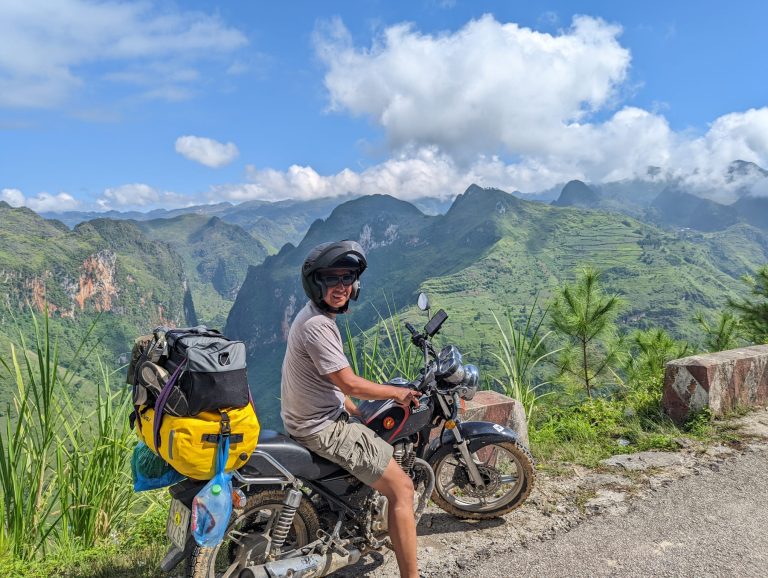
Good Advice: Be less of a target
Usually, the police will not stop you as long as you are driving normally and look like you belong on the road. Follow the road rules: stay in lane, stop at red lights, DON’T SPEED ! and you will be golden.
If you want to look like you belong on the road, we have more info on wearing a good helmet here, and decent clothing. Do this and you are less likely to be stopped. I would say, anecdotally, that if you are on a big bike and have full gear you are even less likely to be stopped.
Yes, that means that if you are wearing a vest, budgie smugglers and flip flops, you could be targeted. Chances are, if you look like that, you don’t have a license and are easy prey.
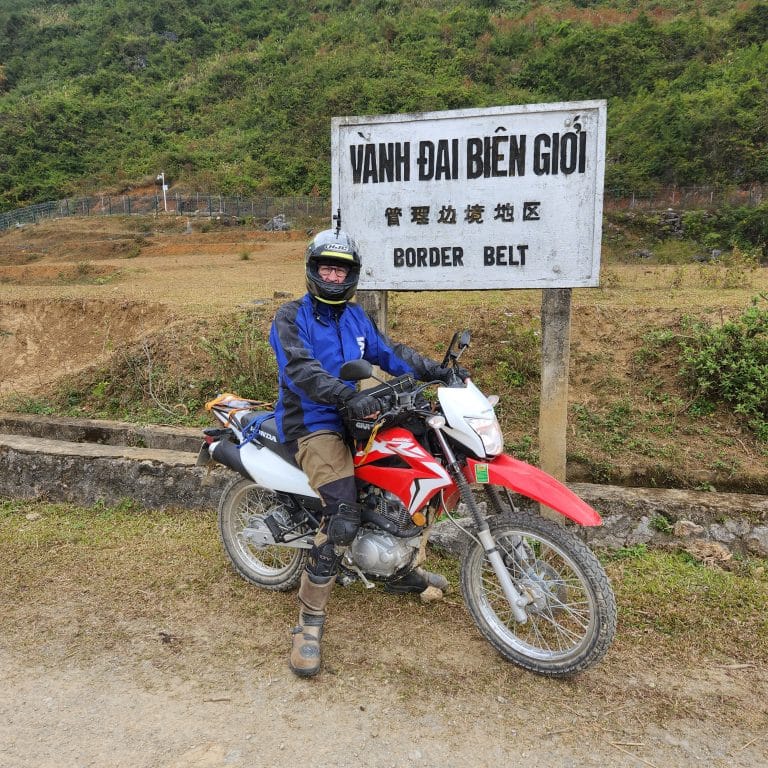
Our most Common Customers / Website Visitors
Based on my own anecdotal recollection the majority of our customers are from the nations listed below. The treaty/ies that they have signed is listed next to them for your convenience. However, it is very easy to get information on the IDP from Wikipedia.
You can see that most of our customers come from countries that have signed the 1968. Unfortunately, for Americans and Australians, their home countries have not.
Remember: Vietnam signed the 1968 Treaty, so your country must ALSO HAVE SIGNED the 1968 treaty.
If your Country has not Signed the 1968 Convention
note: We assume that you have a valid home license for driving the vehicle that you plan to drive in Vietnam.
Transfer the License
So long as you have a valid home license, you can use it to get a temporary Vietnamese license. To do so, you need to have a TRC. Unfortunately, this is impossible for tourists as they cannot have any kind of permit or visa that allows them to stay for 3 months or more.
However, I have no information on whether this would be an issue with police or insurance companies in Vietnam. Getting an IDP from the country that issued the license is probably the best way to go.
Take the VN driving test
You may be able to take the Vietnamese driving test and then have a valid Vietnamese license. For motorbikes there are two types of test; A1 and A2. The only difference between the two tests is that you drive a 110cc semi automatic bike for A1 and a 250cc manual bike for the A2. The practical test is very easy, but the written theory test is extremely difficult due to it being in Vietnamese and not English.
You can get some help on all of this from the website of the Australian Embassy.
Do you need a license to rent a Vehicle in Vietnam?
You need a license to rent a motorbike or a scooter in Vietnam
You are supposed to have a home license and an IDP in order to be able to rent a motorbike in Vietnam. However, motorbike rental companies will not ask to see any license and will tell you that you assume the risks of riding without a valid license.
Note: If you are over 16 years old, you are able to drive a 50cc motorbike without any license at all.
You need a license to rent a car in Vietnam
Both in theory and in practicality, yes. No car rental company will rent to anyone without a valid license. Many car rental firms will even refuse to rent a self-drive vehicle to foreign drivers. They will insist on providing a driver and claim that foreigners are unable to handle the traffic conditions in Vietnam.
You cannot use the International Driving License because it is not valid in Vietnam.
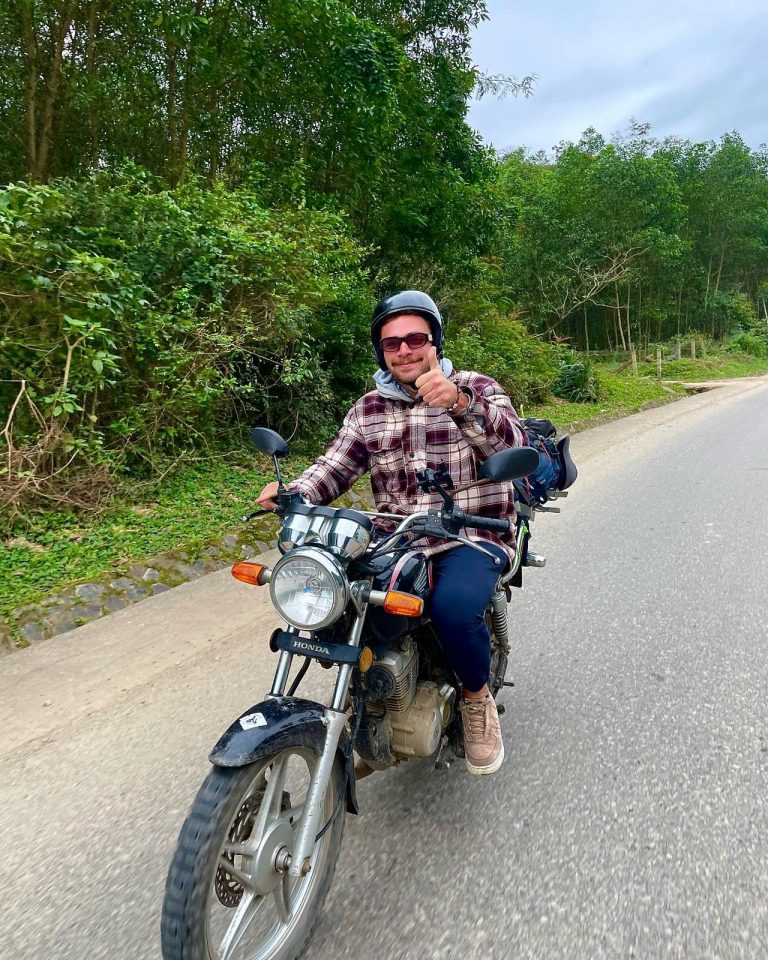
If you drive without a License
Police
If you are caught without a VN license or home license + IDP by the police it is possible that you will get fined. It is also possible that the police will take a look at your home licence and let you off with a warning. It is not a criminal offence and at worst there could be a fine and the vehicle impounded. Many times it is possible to pay an ‘on the spot’ fine, ‘without paperwork’ and then carry on your way.
It is extremely difficult to explain every possible scenario. Let’s just say that things are very flexible and you should maintain a cool, friendly demeanor at all times.
Insurance
Of course, the insurance companies are not concerned about anything until you make a claim. If this claim is relatively low for a simple procedure, it is likely to be paid out without complaint. People often claim to have been riding pillion, crossing the street or even something entirely altogether different. Small things are not easy to come to definitive conclusions about.
However, if the claim is large, for a serious injury, then you can expect the insurance to investigate thoroughly. They will request police records, evidence and maybe even witness statements. It will be impossible to cover up the fact that you were driving without the correct paperwork and they will not pay out.
Speed Limits for Cars and Motorbikes
It is so very easy to get caught for speeding. You need to be aware of the speed limits and on the look out for traffic cameras, road blocks or checkpoints set up by the police and also the mobile speed checks.
Importantly, cars and motorbikes have different speed limits imposed upon them. Be very careful not to ‘shadow’ a car in a residential area and think you are driving at the speed limit. You can easily be caught out.
The fines for speeding are increasing rapidly and it is very easy to get into the millions VND, and have the threat of the vehicle being impounded. Pay attention.
Speed Limits for Cars
Residential Areas:
Dual Carriageways; One way roads with 2+ lanes – 60km/h
Two way Traffic roads; One way roads with 1 lane – 50km/h
Outside Residential Areas:
Dual Carriageways; one way dual carriageways with at least 2 lanes – 90km/h
Two way traffic roads; one way roads with one lane – 80km/h
Expressways
As indicated by road signs
These signs show that you are entering/exiting a residential area (densely populated area)
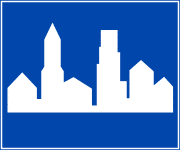
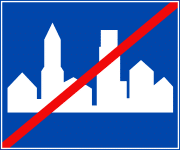
Speed Limits for Motorbikes
Residential Areas:
Dual Carriageways; One way roads with 2+ lanes – 40km/h
Two way Traffic roads; One way roads with 1 lane – 40km/h
Outside Residential Areas:
Dual Carriageways; one way dual carriageways with at least 2 lanes – 70km/h
Two way traffic roads; one way roads with one lane – 60km/h
Expressways
Two wheeled vehicles are not permitted on the Expressways (CT roads)
Speed limit signs


FAQ
‘No.’ Absolutely not. This is not valid in Vietnam.
You get an IDP when you are in your home country. Each country has a different procedure for getting this.
For example, in the UK, you can go to your local post office and get an IDP issued. However, as the UK signed both conventions, be sure to get the 1968 one. It costs 5GBP.
You will need to check on your own government’s website to find out how to do this in your country.
You need to be at least 18 years old.
Lots of people ask us if their car license is valid for driving a motorbike and the answer is, obviously, an emphatic, ‘No.’
You can only use a license that is valid for the vehicle you intend to drive. So, car for car, motorbike for motorbike, plane for plane etc…
Use the address on your home licence.
If it is over the counter, it can take minutes. However, if it is by mail, it can take several weeks.
No. The IDP is independent of passport and visa issues. This is because you are applying for it in your own country.
No. You need to get an IDP issued in the same country as your home licence was issued in. This generally means you really need to be in that country to do it.
No. The CBT permit is effectively still a learner permit; you need a full driving licence in order to get an IDP.
Things to remember about IDPs
- The IDP is not a substitute for a valid driving licence. You must always have your home licence with you when driving overseas.
- An IDP can be reissued when it has expired so long as a new passport photo is provided.
- An IDP can be used as a form of ID, even if you do not wish to drive whilst overseas. It may be accepted in place of a home licence or even passport.
- IDPs are accepted in more than 150 countries as ID so they can be very useful.
- The IDL is not valid in Vietnam and you will have trouble with the police and your insurance if you try to use it.
- You are still required to follow all local laws and the IDP does not negate any of them.
- IDPs have your details translated into several different languages which can assist you when dealing with authorities.
- The 1949 convention is valid for 1yr whilst the 1968 convention is valid for 3 yrs. However, no IDP can be issued for longer than the validity of the home licence. There are some duration restrictions in some countries for the 1968 convention.
- The IDL and the IDP are different. The IDL is not valid in Vietnam, but the IDP is.
